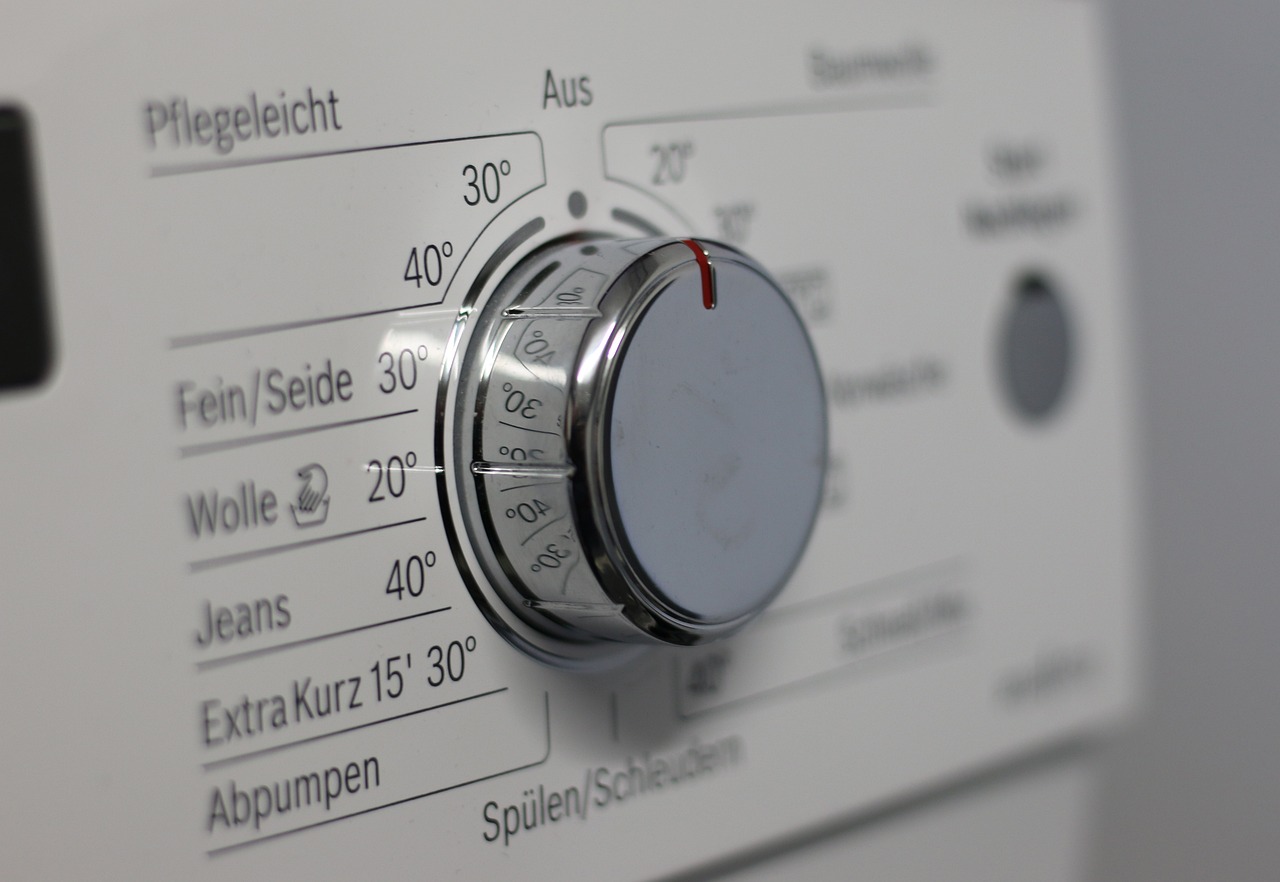Have you ever wondered what happens to your old appliances when they’re no longer needed? In today’s world, where sustainability is more important than ever, recycling these appliances is an essential task. The process involves recovering useful materials, a crucial strategy for reducing waste and conserving resources. This is where the importance of Recycling Appliances comes in.
What is Recycling Appliances?
Recycling Appliances, also known as Waste Electrical and Electronic Equipment (WEEE) recycling, involves the process of dismantling old and discarded appliances to recover and reuse valuable materials like metals, plastics, and glass.
The Importance of Recycling Appliances
Appliances are made from a myriad of different materials, many of which are valuable and can be reused or recycled. From the iron in your old microwave to the copper wiring in your outdated refrigerator, these materials can be given a new life through recycling. Not only does this help to conserve natural resources, but it also reduces the amount of waste that ends up in our landfills.
Environmental Benefits
One of the key benefits of Recycling Appliances is the positive impact it has on the environment. By recycling, we reduce the need for mining new materials, which can cause significant environmental damage. Additionally, recycling appliances can also help reduce greenhouse gas emissions, as the process of recycling uses less energy compared to manufacturing products from virgin materials.
Economic Benefits
Another advantage of Recycling Appliances is the economic benefits it brings. By recovering and reusing materials, we can reduce the cost of producing new products. Furthermore, it can also stimulate the economy by creating jobs in the recycling industry.
How to Recycle Appliances
Recycling Appliances may seem like a daunting task, but it doesn’t have to be. Many companies offer recycling services for appliances, taking the hassle out of the process. These companies will often pick up your old appliances, dismantle them, and extract the valuable materials for recycling.
Find a recycling facility
The first step in Recycling Appliances is to find a recycling facility near you. Many cities and towns have these facilities, and they can often be found with a quick online search.
Prepare your appliances
Before you take your appliances to the recycling facility, you’ll need to prepare them. This might involve cleaning them and removing any non-recyclable parts. Check with your local recycling facility to see what they require.
Recycle your appliances
Once your appliances are prepared, you can take them to the recycling facility. They’ll take care of the rest, ensuring that as much material as possible is recovered and recycled.
Final Thoughts
In conclusion, Recycling Appliances is a crucial task that helps conserve resources, reduce waste, and protect the environment. By understanding the process and how to participate, we can all do our part in creating a more sustainable world.
Frequently Asked Questions
Can all appliances be recycled?
Most appliances can be recycled, including refrigerators, washing machines, dryers, and microwaves. However, it’s always best to check with your local recycling facility.
What happens to the materials recovered from appliances?
The materials recovered from appliances are often used to manufacture new products. Metals can be melted down and reused, while plastics can be processed into a variety of different items.
Is there a cost to recycle appliances?
Some recycling facilities may charge a small fee to recycle appliances, especially for larger items. However, many offer this service for free.
Can I recycle small appliances?
Yes, small appliances like toasters, hair dryers, and coffee makers can also be recycled. These items often contain valuable metals that can be recovered and reused.

